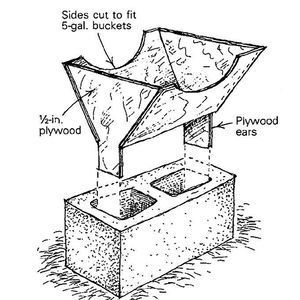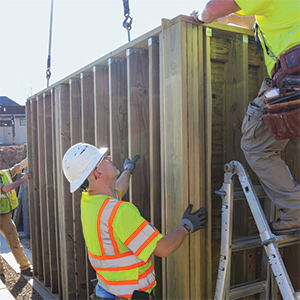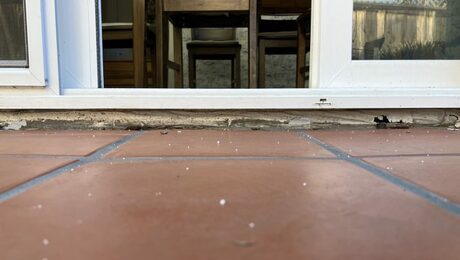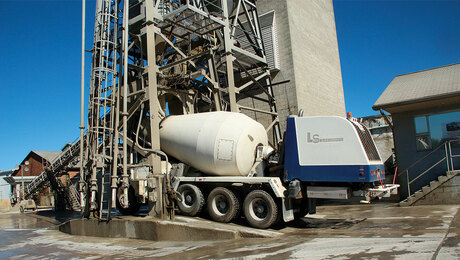Two years ago, I hired a subcontractor to pour a 24-ft. sq. concrete slab to serve as a garage floor and as the foundation for an upstairs living-room addition. Not until I was ready to start framing the garage walls did I discover that my concrete sub neglected to thicken the edges of the slab to create the required footings. I was faced with the onerous task of excavating 12 in. down and 16 in. sideways under an existing slab. I know, builders in colder climates have to dig way down, but having a concrete slab lying atop the trench site added an extra wrinkle to the job. I hired a specialty concrete outfit to do the work.
After about two hours, the two guys from the specialty outfit gave up. The combination of August heat, humidity, hard-packed earth and hundreds of roots convinced the young men that their boss had definitely underbid and that they didn’t want any part of the job.
In pondering the situation with my friend Jim Morse, we hit on the idea of excavating the trench with a high-pressure water hose. So we headed to the rental shop and came back with a 2,500 psi power washer with a nozzle that produced a rotating, conical pattern at the tip. We also stopped at the hardware store for a 90° elbow, which we installed between the end of the wand and the tip so the flow could be more easily directed upward, toward the underside of the slab.
This rig worked better than our most optimistic expectations. The power tip not only carved out the trench in a hurry, but it also easily cut through roots as large as 3 in. in dia. Cutting these roots by any other means would have been difficult indeed.
Here’s some operational advice: With the elbow attached to the wand, don’t even try to hold the wand steady. The recoil is enormous, and the wand is impossible to control freehand. By simply bracing the elbow in the bottom of the trench, however, and directing the flow upward against the underside of the slab, it was easy to rock the tip back and forth and let the machine do all the work.
By the way, we also rented a small pump to keep the trenches from filling with slush. It was unnecessary. It turned out that a 5-gal, bucket was all we needed to keep the work area clear.
David Byrd, Savannah, GA





























